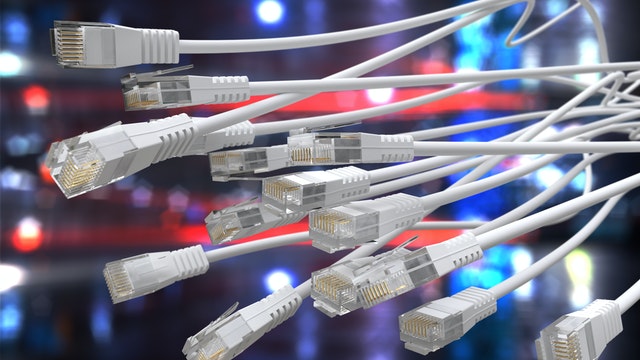
What Is Insertion Loss?
When light or electricity passes over a link or cable, some of the power is lost. This is true for data as well as electricity. This is called Insertion Loss or Attenuation.
The amount of insertion loss is measured in decibels (dB). While some loss is natural and unavoidable, we don’t want too much loss. If the insertion loss is too high, the data on the link becomes corrupted.
The amount of loss directly relates to the length of the link. The longer the link, the greater the loss. Adding connections along the cable can also increase the loss. Poor quality components can cause further loss.
Fibre optic cable has a lower loss than copper cable. This is why fibre supports much longer distances.
Multimode fibre loses about 3% of the original strength over 100 metres. Cat-6A loses about 94% over the same distance.
Also see the Insertion Loss article by Fluke Networks.